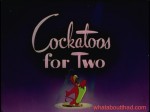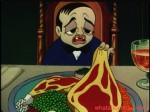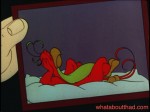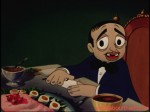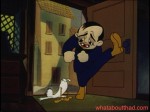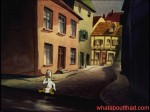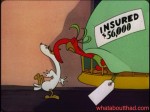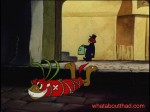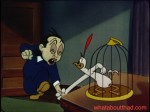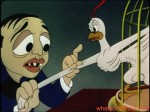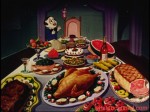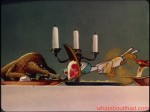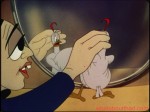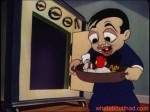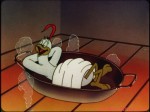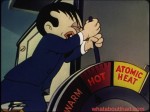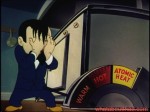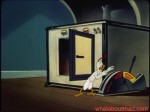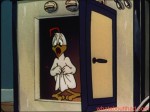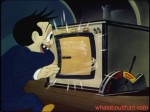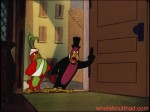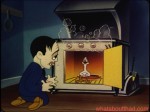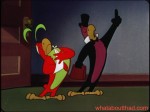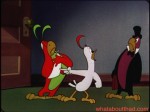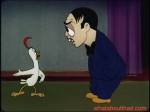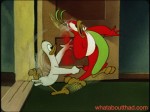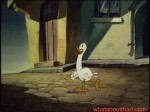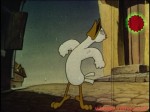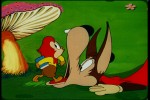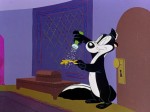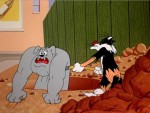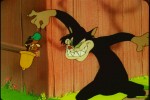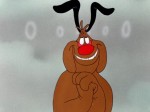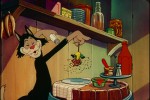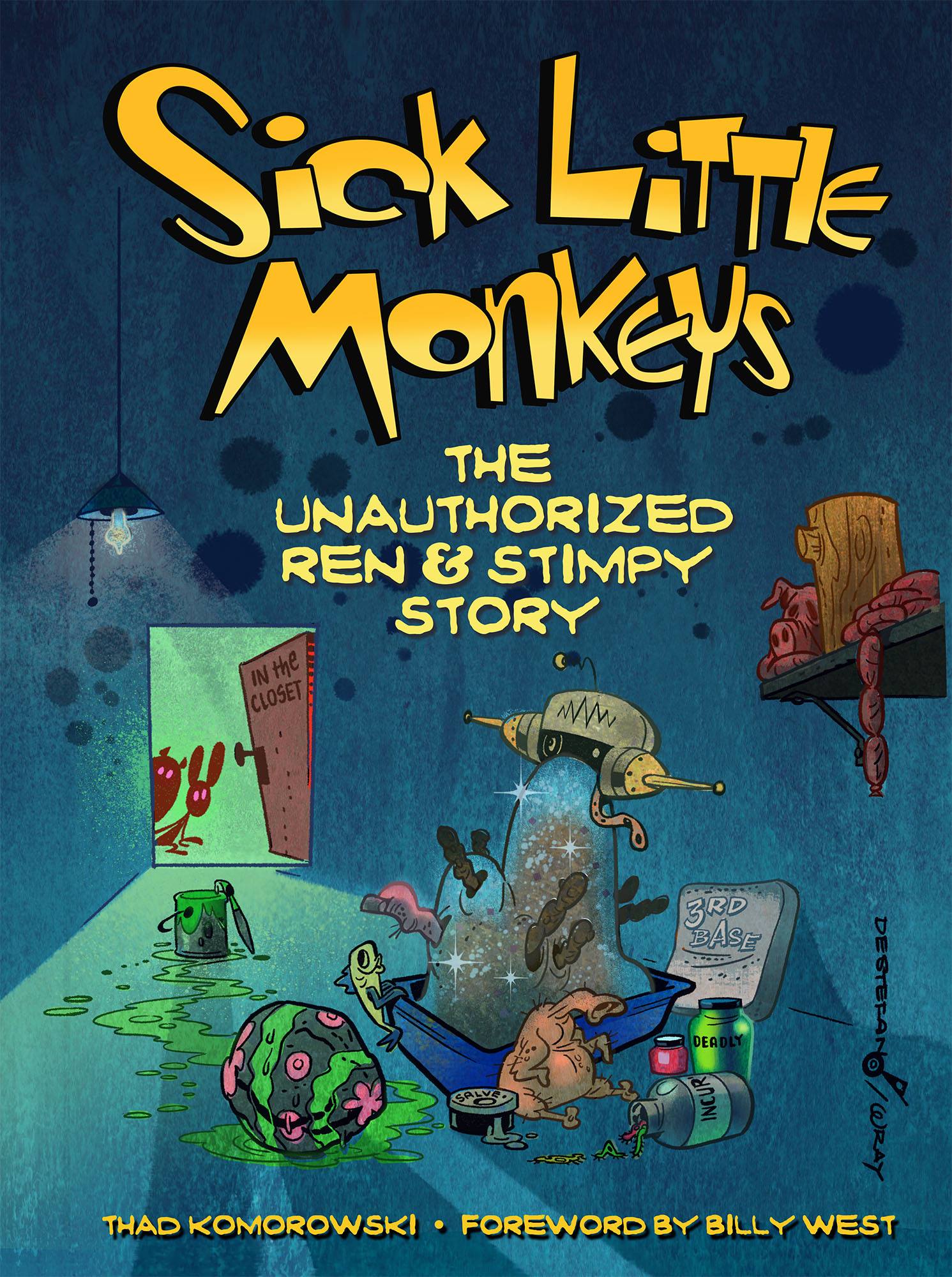The Bob Wickersham-directed 1947 Color Rhapsody Cockatoos for Two was one of the last cartoons produced by the Screen Gems studio. Bob Clampett claimed to have written this one (along with Swiss Tease and Boston Beanie) while he was the studio’s “story editor/creative consultant”.
Clampett’s involvement is pretty self-evident. Mr. Sidney of 531 Greenstreet (a Peter Lorre caricature voiced by Stan Freberg) is tired of rich food and craves a “new taste sensation”. He receives word that his friend Hermosa Redondo is sending him a rare $57,000 pet cockatoo (only insured for $56,000). While Sidney eagerly awaits the new arrival, a homeless homing pigeon (voiced by storyman Cal Howard) sees this as an opportunity to get himself room and board by posing as an imposter. Naturally, the bird is ignorant of the devious intentions behind a six-course meal and Turkish bath.
The creepy Columbia WTF vibe™ is not absent, but there’s a sense of coherency in Cockatoos, and the others Clampett claimed to have written, that is lacking in all of the studio’s other cartoons of the period. This film at least tries to have a story and gags that make logical sense. Cartoons like Mother Hubba-Hubba Hubbard or Wacky Quacky (with its jaw-dropping rip-off of Daffy Duck) are as close to pure stream of consciousness as you can get for a 1940s cartoon.
Cockatoos is one of several Columbia/Screen Gems cartoons Sony claims to have either incomplete or zero elements on. The only version available for years was a B/W 16mm print, a transfer of which is embedded below.
I am convinced that this and most of the others Sony claims to be missing are still in their vaults unlabeled and unidentified. Columbia had the worst track record for preserving their material. Several cartoons, live-action shorts, serials, and movies from the immediate post-war era are still at large. (It’s even rumored that particular elements of the wonderful fairy-tale film noir Gilda, one of their most popular titles, were missing for years.)
Fortunately, such is no longer the case for Cockatoos for Two. I was able to recently acquire a very rare original 35mm IB Technicolor nitrate print, which is on its way to a storage facility for safe keeping. I couldn’t send it off without making a fresh transfer for myself, so here are some tantalizing screen grabs from this extremely rare cartoon. I also hope that this helps end the ‘debates’ over what raw transfers of 1940s Technicolor cartoons are ‘supposed’ to look like. But that’s hoping for too much.
Saludasth-and-meatballsth ’till next time, pals…
Special thanks to Steve Stanchfield, Jerry Beck, and Fredrik Sandström for their help.

